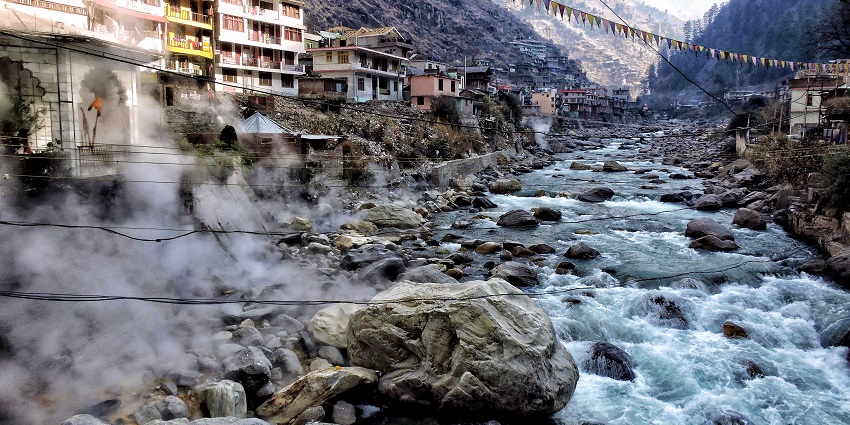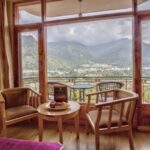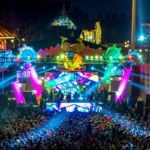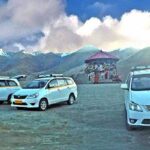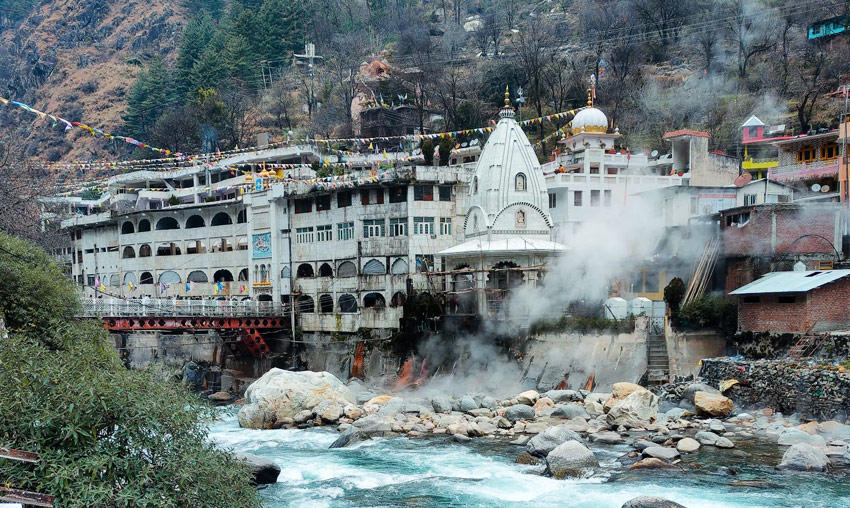
Introduction
Some places are not just seen, they are felt – Manikaran is one of them.
Historical and Mythological Importance
Manikaran is deeply rooted in Hindu mythology. According to legend, Lord Shiva and Goddess Parvati once meditated in the valley for thousands of years. One day, Goddess Parvati lost her earring (manikarn) in the river. Despite searching, it could not be found. Lord Shiva became furious and opened his third eye, leading to massive destruction. Later, Sheshnag, the serpent god, returned the earring, and peace was restored. Since then, the place has been known as Manikaran, meaning “jeweled ear”.

Apart from Hindu beliefs, Manikaran is also significant for Sikh devotees. It is believed that Guru Nanak Dev Ji, the founder of Sikhism, visited Manikaran with his disciple Bhai Mardana. During their stay, the hot springs miraculously appeared, and the first langar (community meal) was cooked using the boiling water, which continues as a tradition even today.
Manikaran Sahib Gurudwara and Temples
Manikaran is home to both Hindu temples and Sikh shrines, symbolizing religious harmony. The Manikaran Sahib Gurudwara is one of the most important Sikh pilgrimage sites in Himachal Pradesh. It welcomes thousands of devotees every year who come here to seek blessings and experience the divine energy of the place.
For Hindu devotees, there are several temples dedicated to Lord Shiva, Lord Ram, and Goddess Parvati. The Shiva Temple in Manikaran is especially revered and is visited by large numbers of pilgrims during special occasions and festivals.
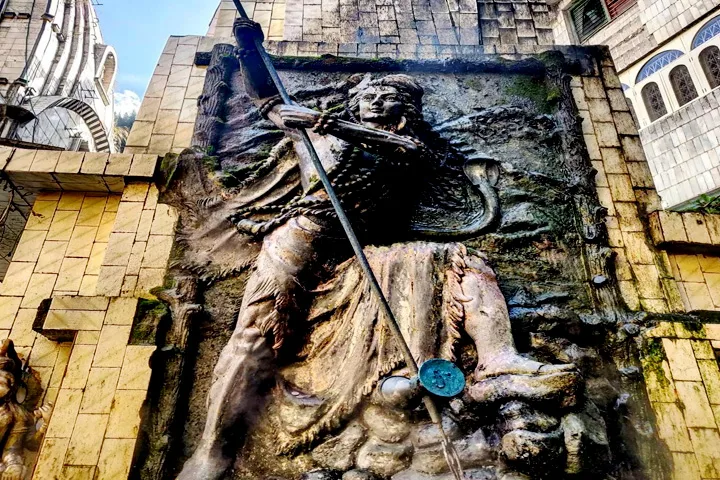
Hot Springs of Manikaran
One of the most unique attractions of Manikaran is its natural hot springs, which are found throughout the area. The water is extremely hot and is believed to have medicinal properties. These springs are used for cooking langar food, and devotees often tie rice and pulses in cloth bags and dip them in the water to get it cooked naturally.
The hot springs here are considered sacred, and many people take a dip in the water, believing it to cleanse their sins and cure skin diseases. Scientifically, the springs are a result of geothermal activity beneath the Earth’s surface, but for devotees, it is a divine miracle.
Scenic Beauty and Atmosphere
Surrounded by snow-capped mountains, lush green valleys, and flowing rivers, Manikaran is a peaceful escape from the hustle and bustle of city life. The serene atmosphere, combined with the spiritual energy, offers visitors a sense of calmness and inner peace. The sounds of hymns, flowing water, and the aroma of langar food fill the air, creating a deeply immersive spiritual experience.
How to Reach Manikaran
- By Road: Manikaran is well-connected by road. It is about 4 km from Kasol and 35 km from Kullu. Regular buses and taxis are available from Bhuntar, Kullu, and Manali.
- By Air: The nearest airport is Bhuntar Airport, around 45 km from Manikaran.
- By Rail: The closest railway station is Joginder Nagar, but major rail connectivity is available from Chandigarh, which is about 275 km away.
More Read
Best Time to Visit
The best time to visit Manikaran is during the spring and summer months, from March to June. The weather is pleasant, and the valley looks lush and green. Avoid visiting during peak monsoon (July–August) due to heavy rainfall and landslide risk. Winter months (November–February) can be very cold, but the snow-covered landscape offers a magical view.
Local Tips for Visitors
- Dress modestly and follow religious customs at Gurudwaras and temples.
- Carry an extra pair of clothes if you plan to take a dip in the hot springs.
- Don’t miss the langar at Manikaran Sahib – it’s delicious, pure, and served with love.
- Try to visit early in the day to avoid crowds, especially during weekends and holidays.
Frequently Asked Questions (FAQs)
A:Manikaran is located in the Parvati Valley of Kullu district, Himachal Pradesh, between the Beas and Parvati rivers. It is about 35 km from Kullu and 4 km from Kasol.
A: Manikaran is famous for its natural hot springs, Shiv Temple, and Manikaran Sahib Gurudwara. It is a sacred pilgrimage site for Hindus and Sikhs and is also known for the legends of Lord Shiva and Guru Nanak Dev Ji.
A:The best time to visit is from March to June and September to November, when the weather is pleasant and the views are beautiful.


